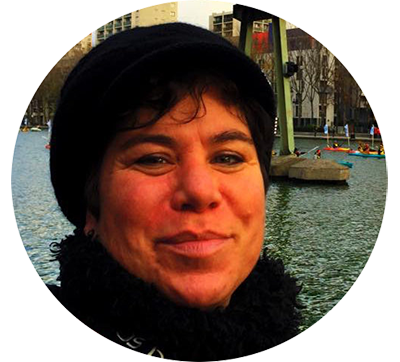The Best American Science and Nature Writing 2016

Edited by Amy Stewart and Tim Folger
Houghton Mifflin Harcourt Publishers, October 2016
Science writers get into the game with all kinds of noble, high-minded ambitions. We want to educate. “To enlighten,” notes guest editor Amy Stewart in her introduction toThe Best American Science and Nature Writing 2016. “But at the end of the day, we’re all writers . . . We’re here to play for the folks.” The writers in this anthology brought us the year’s highest notes in the genre. From a Pulitzer Prize-winning essay on the earthquake that could decimate the Pacific Northwest to the astonishing work of investigative journalism that transformed the nail salon industry, this is a collection of hard-hitting and beautifully composed writing on the wonders, dangers, and oddities of scientific innovation and our natural world.
The Best American Science and Nature Writing 2016 includes Kathryn Schulz, Sarah Maslin Nir, Charles C. Mann, Oliver Sacks, Elizabeth Kolbert, Gretel Ehrlich, and others.
Antonia Juhasz contributed the investigative article “Thirty Million Gallons Under the Sea: Following the trail of BP’s oil in the Gulf of Mexico” to the anthology.
![]()
Thirty Million Gallons Under the Sea: Following the Trail of BP’s Oil in the Gulf of Mexico
By Antonia Juhasz
Published by Harper’s Magazine, June 2015.
A Reed Environmental Writing Award finalist.
Excerpt
One morning in March of last year, I set out from Gulfport, Mississippi, on a three-week mission aboard the U.S. Navy research vessel Atlantis. The 274-foot ship, painted a crisp white and blue, stood tall in the bright sunlight. On its decks were winches, cranes, seafloor-mapping sonar, a machine shop, and five laboratories. Stowed in an alcove astern was Alvin, the federal government’s only manned research submarine. “Research vessel Atlantis outbound,” A. D. Colburn, the ship’s captain, reported into the ship radio.
The water was calm and the bridge crew quiet as they steered us into open water. For the next fourteen hours, we would sail toward the site of BP’s Macondo well, where, in April 2010, a blowout caused the largest offshore-drilling oil spill in history. Once there, Atlantis’s crew would launch Alvinand guide it to the bottom of the ocean, reaching depths as great as 7,200 feet below the surface. Over the next twenty-two days they would send the submersible down seventeen times, to gather animal, plant, water, and sediment samples. Their goal was to determine how BP’s spill had affected the ocean’s ecosystem from the seabed up. I would get the chance to join them in the submarine as they went closer to the Macondo wellhead than anyone had gone since the blowout.
Read the full report at Harper’s Magazine archives.
